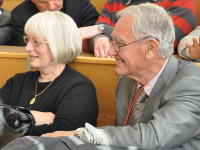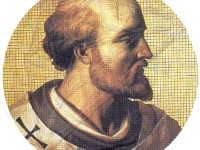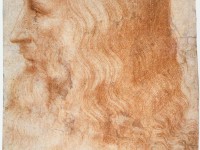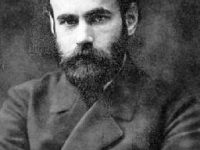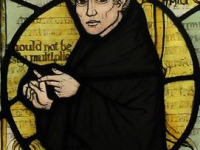James Clerk Maxwell and the very first Colour Photograph
On May 17, 1861, Scottish physicist Sir James Clerk Maxwell presented the very first colour photograph at the Royal Institution. The photograph showed a tartan ribbon and was made by Thomas Sutton according to the three-colour method proposed by Maxwell already in 1855. „Die Menschen empfinden im Allgemeinen eine große Freude an der Farbe. Das Auge bedarf ihrer, wie es des Lichtes bedarf.“ (“People generally take great pleasure in color. The eye…
Read more


